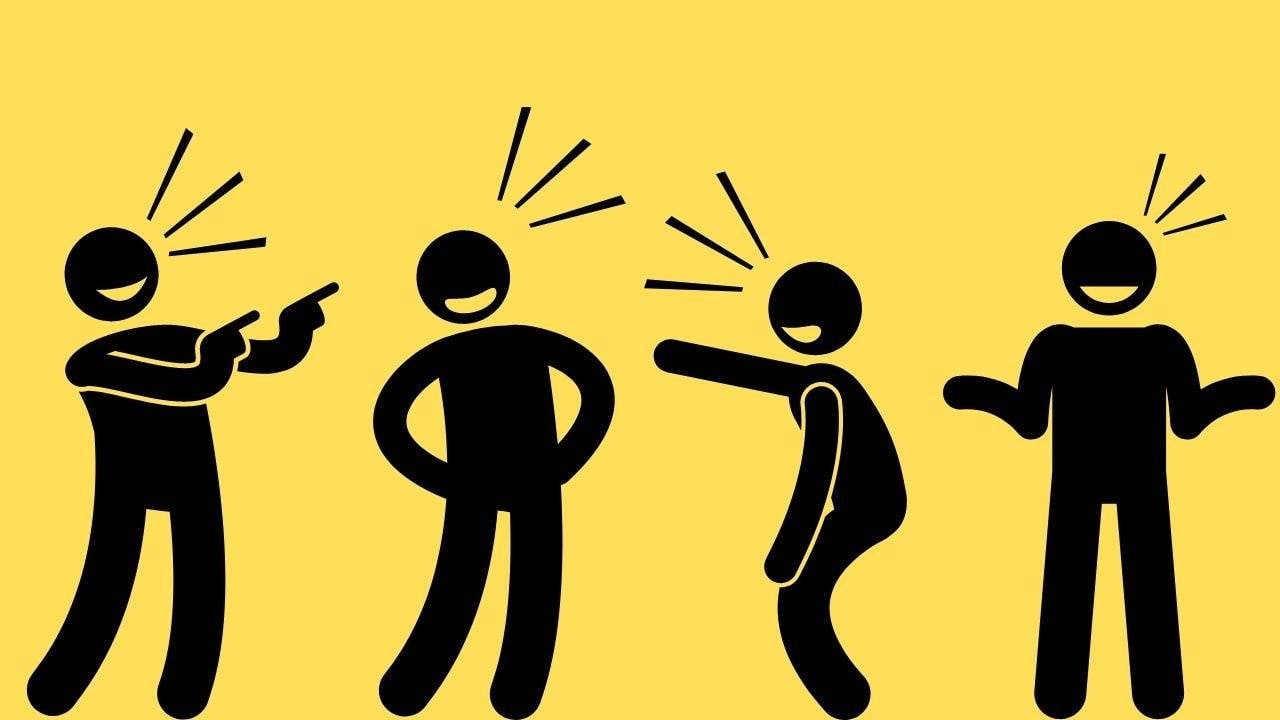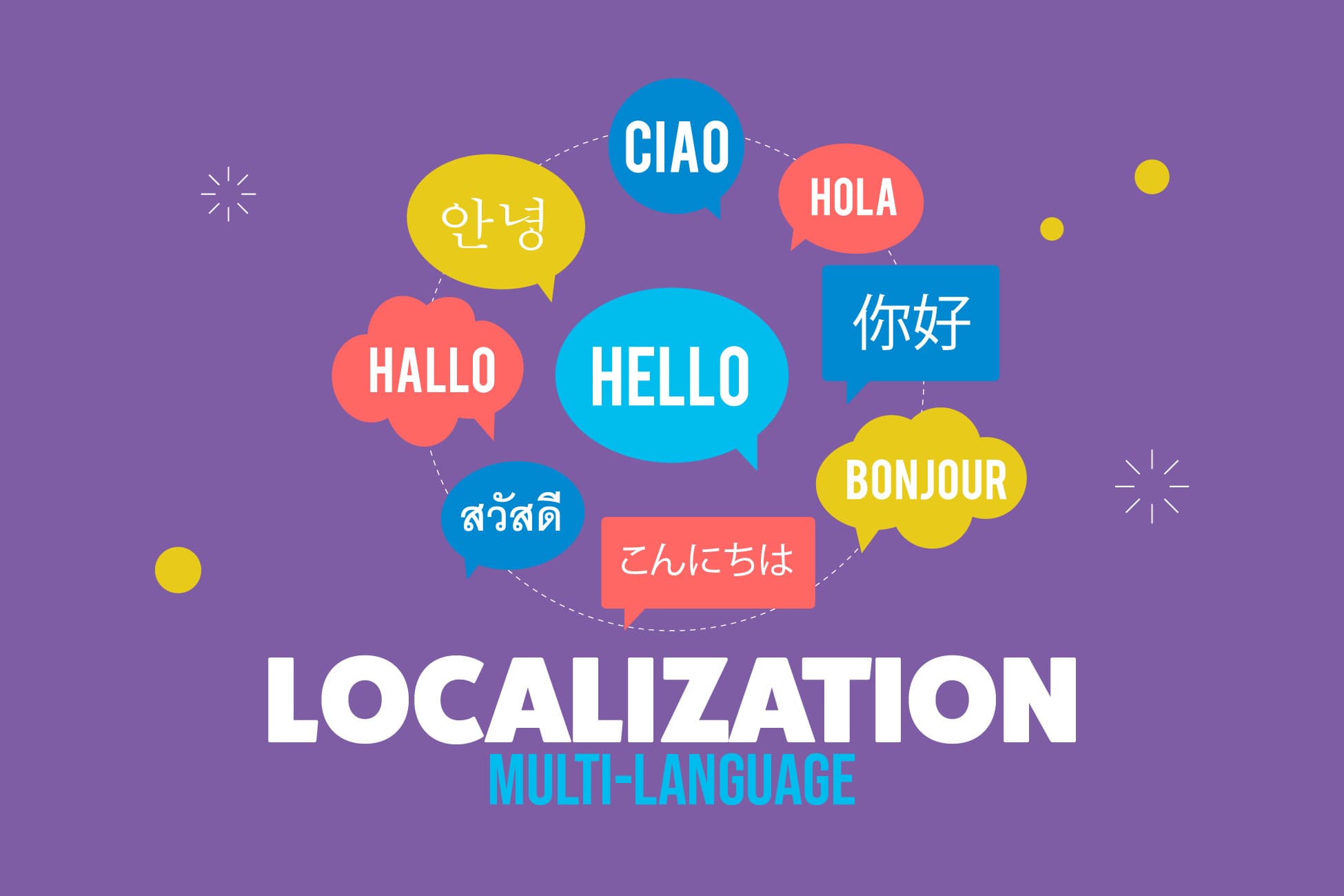Finding a way to preserve the original work’s charm while making players in the target market genuinely laugh is a core problem localization teams must solve.

The many dimensions of humor
Humor in games operates across multiple dimensions: linguistic puns, plot twists, a character’s distinctive lines, or even a cheeky bit of UI microcopy. The growing use of internet memes and slang further complicates matters, since these elements depend heavily on current cultural context. Removed from that context, a literal translation is likely to leave players puzzled. This means localization is not simple “translation” — it is cultural re-creation.
A decision matrix: literal, adaptive, or creative translation
When handling humor and memes, translators need to quickly decide which strategy to apply:Using a matrix-like mindset helps localization teams make reasoned choices for different situations rather than relying on intuition.
- Literal translation fits when a joke works across cultures — for example, number puns or widely recognized onomatopoeia.
- Adaptive translation suits content with strong cultural dependence: keep the original tone but convey the humor using an equivalent expression in the target language.
- Creative translation is the most advanced option: based on a full understanding of the source joke, the translator recreates a line that is equally funny in the target language. This approach offers the greatest freedom.

Common pitfalls
The most frequent problem in translating humor and memes is cultural mismatch. Relying exclusively on literal translation often produces a “missing punchline.” Take “Awesome! You’re a rock star!” as an example: a word-for-word rendering will be understood as praise, but it can fail to reproduce the relaxed, colloquial register that makes the original line land. In practice, localizers choose an informal, culturally appropriate equivalent—such as “You’re amazing,” “You rock,” or “You’re a legend”—and then validate that choice through cultural review and in-context testing to ensure the tone, familiarity, and timing still produce the intended laugh.Another challenge is time sensitivity: internet memes and trending slang have short lifespans. If localization lags, players may no longer find the reference funny. This places extra demands on the localization team: beyond language and cultural knowledge, they must follow trends closely and decide whether a meme is worth keeping or should be replaced with a more enduring alternative.
Finally, consistency matters. If the approach to humor and memes is not standardized, the game’s overall tone may fracture. Teams need clear style guidelines and decision workflows to ensure all members handle similar issues in a consistent way.

Recommended localization workflow
A robust localization workflow is essential to address the issues above. This process requires coordinated collaboration among native translators, cultural consultants and localization QA testers.Completing these steps helps ensure humor is not merely translated — it is successfully relocated.
- Before the project begins, establish detailed style guidelines and a terminology database to lay the groundwork for subsequent work. During pre-processing, identify humorous content across the text, flag possible memes, slang and puns, and categorize text types (UI strings, character dialogue, achievement descriptions, etc.) to guide later decisions. For each humor point, evaluate options using the decision matrix and mark whether to translate literally, substitute, or re-create; estimate risks and required effort.
- During translation, native translators should lead. They should follow the style guide and terminology database, and use creative brainstorming where necessary to propose multiple candidate translations for evaluation.
- Cultural review should be performed by professional reviewers who verify whether the humor fits the target culture’s sensibilities, check for potential sensitivities, and assess whether wording reads naturally and whether creative translations preserve the original’s entertainment value.
- In-game testing is the critical validation step. Integrate the translations into the game environment for contextual review and functional testing. Confirm that text length fits the UI, that tone matches the visuals, and that there are no line-break or formatting issues.

About Glodom
Shenzhen Xinyu Wisdom Technology Co., Ltd. (Glodom) is an innovative provider of language-technology solutions. We have built deep expertise in game localization and maintain long-term partnerships with many well-known game companies worldwide. Glodom employs over 300 full-time staff and works with more than 10,000 native translators across 40+ countries, supporting over 200 languages. We combine advanced technology with extensive project-management experience to help clients execute their globalization strategies. Whether in translation accuracy or in multi-language processing efficiency, Glodom consistently remains at the forefront of the industry.


